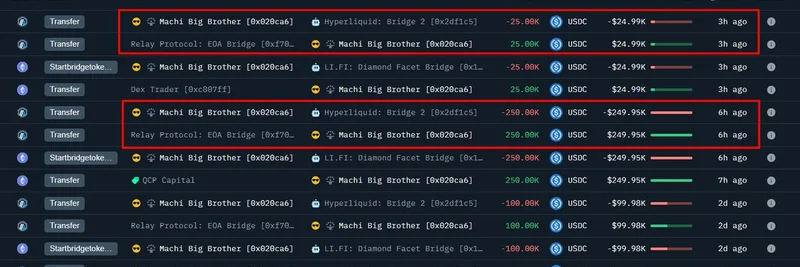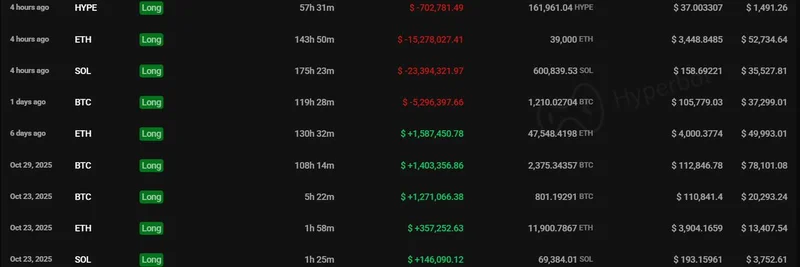If you've been tracking the wild ride of meme tokens, you know that behind the hype and viral pumps lies a growing ecosystem of real onchain activity. Recently, Robert Koschig from 1kx shared a tweet highlighting their latest "2025 Onchain Revenue Report: From Mania to Maturity." This 71-slide powerhouse, packed with data from sources like DeFiLlama and Token Terminal, breaks down how onchain fees are evolving—and it's got some juicy bits for meme enthusiasts. Let's unpack what this means for the meme token space and beyond.
The Big Picture: Onchain Revenue Hits New Heights
Onchain revenue refers to the fees users pay directly on blockchains for transactions, like swapping tokens or launching a new memecoin. According to the report, we're looking at a projected $19.8 billion in onchain fees for 2025, marking a 35% year-over-year growth. That's a massive 10x increase since 2020, with a compound annual growth rate (CAGR) of 60%. But here's the shift: while 2021 was all about speculation-driven spikes, 2025 is showing maturity, with applications leading the charge.
For meme token fans, this maturation is key. The report points out that efficiencies in blockchains—like an 86% drop in transaction fees thanks to updates such as Ethereum's EIP-1550 and the rise of Layer 2 solutions—have made it cheaper and easier to launch and trade memes. Daily transactions have surged 2.7x to 169 million, and monthly active wallets are up 5.3x to 273 million. This lower barrier is fueling the memecoin boom, but it's also pushing projects toward sustainable models.
Memecoin Mania in the Spotlight
One of the standout sections dives into "memecoin mania," that mid-2024 to early-2025 frenzy where tokens launched as jokes without much utility took over. Platforms like Pump.fun on Solana have made it ridiculously simple to create and list these tokens, turning speculation into a fee-generating machine. Pump.fun alone snagged about 60% of launchpad fees in the Consumer sector, raking in $250 million in Q1 2025 onchain fees. That's huge—think of it as automated brokerages for retail traders, processing thousands of launches daily.
The report classifies memecoins under the Consumer category, which accounts for 6% of total fees but is projected to grow 70% year-over-year. Other launchpads like Launchcoin on Base and Meteora are mentioned too, showing how these tools are monetizing the hype. But a word of caution: while memecoins drive spikes in MEV (miner extractable value) through arbitrage—especially on Solana with Jito or Ethereum with Flashbots—they're often excluded from deeper valuation analyses because they lack cash-flow utility. Still, native blockchain memecoins like Dogecoin get a nod if they generate transaction fees.
Sector Breakdown and What It Means for Memes
DeFi/Finance dominates with 63% of fees ($6.1 billion in H1 2025, up 113% YoY), powered by DEXs like Raydium and Meteora on Solana, which have benefited hugely from memecoin trading. Perpetual futures and derivatives (e.g., Hyperliquid) are also big players, capturing 35% of their sub-sector. For meme tokens, this means more liquidity and trading venues, but the report warns that top protocols grab 70% of fees, leaving room for disruptors—like Pump.fun, which hit $100 million ARR in under a year.
Blockchains themselves are at 22% of fees but declining due to those efficiency gains, while emerging areas like DePIN (decentralized physical infrastructure networks) are exploding with over 400% YoY growth. Wallets, at 8%, include heavy hitters like Phantom, which could integrate more meme-friendly features. Overall, the report forecasts 2026 fees at over $32 billion, with 60% growth from applications alone—great news for meme projects building real utility.
Valuation Insights: Beyond the Hype
Here's where it gets interesting for investors: Blockchains hold 91% of the $1.2 trillion crypto market cap (excluding Bitcoin, stablecoins, and memecoins, which make up 66% of total cap), but they only generate 12% of fees. This leads to sky-high price-to-fee (P/F) ratios—median 3,902x for blockchains versus 17x for DeFi. Applications, including meme launchpads, show a stronger link between fees and valuations, suggesting that as memes evolve from pure speculation to fee-generating ecosystems, their market caps could stabilize and grow.
The report also touches on high-growth spots like tokenization of real-world assets (RWAs), up 50x YoY to $15 million in Q3 fees, and regulatory tailwinds like Europe's MiCA or the U.S. Genius Act. These could bring institutional money into memes, but tax uncertainties remain a hurdle.
Looking Ahead: Opportunities for Meme Builders
Wrapping up, the report's eight key takeaways emphasize DeFi's dominance, app growth, and the need to watch Consumer sectors where memes thrive. If you're a blockchain practitioner or meme token holder, this data underscores a pivot from mania to maturity—platforms like Pump.fun aren't just fun; they're proving that memes can drive real revenue.
Want to dive deeper? Check out the full report on 1kx's site or the dataset here. For a quick video recap, head to Fintech.tv. At Meme Insider, we're all about demystifying these trends to help you stay ahead in the meme token game. What's your take on this shift—bullish on sustainable memes?


